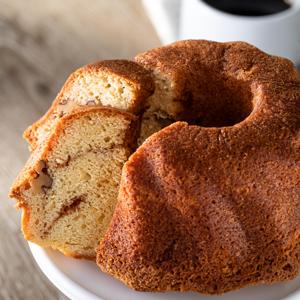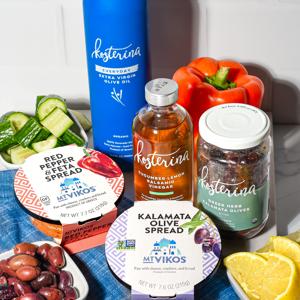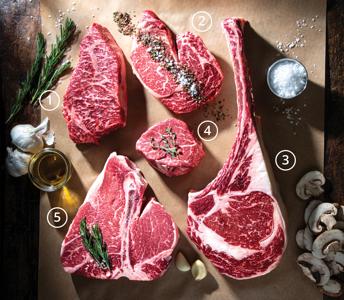
Getting to the Point

- POSTED Aug 19th, 2021
- BY Chef Carrie Walters
After 20 years of teaching the knife skills class, I am still amazed what a lot of folks don’t know about knives. It may sound strange, but learning how to hold and use a knife correctly will help you work faster and safer. Sometimes all it takes is a little forethought before you just randomly start breaking down your veggies.
The benefit of good knife skills comes with uniformity. I can’t stress this point enough! Every time you lift your knife to cut or chop, think to yourself: Is this the same thickness? Is this the same as the last piece? Plain and simply put, pieces of food that are the same and shape cook at the same rate. I remember my mom fishing around a big pot of boiling potatoes looking for the biggest to see if potatoes were done yet! With uniformity, you don’t have to ‘go fishing’.

Another bonus to good knife skills and uniformity is presentation. We all know that we eat first with our eyes. There is a simple elegance to perfectly cut and d vegetables that a ”rough chop” will never be able to give. If you’re looking to get on point, here are a couple of my favorite knives that we always carry in the Culinary Center:
I love the Chef’s knife. It can handle a lot of the everyday tasks in your kitchen. Its stable and curved blade helps promote a rocking motion that enables you to have better control and a finer dice. Available in 3 s (6 inch, 8 inch, and 10 inch) I like to call the 8-inch knife the workhorse of the kitchen. The 6 inch is a good one for beginners or those who are a little shy about knives. The 10 inch can cover more ground when prepping for larger quantities.
A Bread knife can do things that the chef’s knife just can’t. Think things that squish. You use a sawing motion when using this knife, so it’s perfect for bread, tomatoes, croissants, etc. The serrated blade is not meant for chopping.
The Paring knife is handy to have around. Whether you are paring, peeling, or slicing, the small of the blade can tackle mincing garlic to peeling an apple. Most are now available with either a serrated blade or a straight one.
When it comes to Japanese knives, two of my favorites are the Santoku and the Nakiri. The hollow edge of a Santoku creates air pockets which help prevent thin cuts or soft slice foods from clinging to the blade. The straighter, blunt, squarish shape of the Nakiri facilitates a straight up and down motion for chopping and most veggie prep.
Feel free to come in and ask us any questions you may have. We love talking knives and are happy to set you up with a cutting board so you can try out whatever type of knife you are interested in. Or sign up for our popular knife skills class. I look forward to seeing you soon!
Comments
Leave a Reply
- Barb
-
ONLINE SHOP
(866) 748-1391 shop@dorothylane.com -
Mason
(513) 229-2500- Mon - Sun: 6:00AM - 9:00PM
-
Oakwood
(937) 299-3561- Mon - Sun: 6:00AM - 10:00PM
-
Springboro
(937) 748-6800- Mon - Sun: 6:00AM - 9:00PM
-
Washington Square
(937) 434-1294- Mon - Sun: 6:00AM - 9:00PM
Craving More?
We'd love to fill your plate with recipes, stories of our food adventures, gift ideas, and news of sale items.
SIGN UP FOR OUR E-NEWSLETTERS






